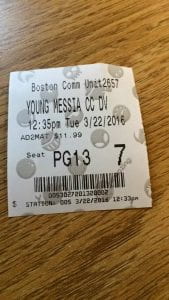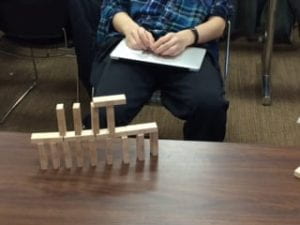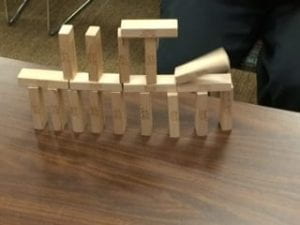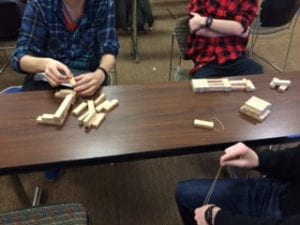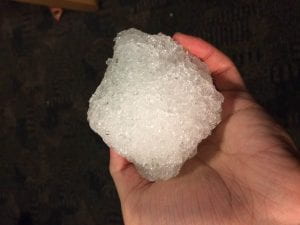Rules/Gameplay: The goal of the game is to rebuild the destroyed city. Each building has a manpower (people) requirement before they can be built, has a predetermined time of construction, and produces a manpower boost upon completion. There will a list available that describes each building’s req., construction time (in minutes), and payoffs in detail. Any number of players (rec. 2-3) may play.
Documentation:
This is a screenshot of some of the first buildings that would be rebuilt. It lists the manpower requirement, the construction time, and the benefits that come with completion.


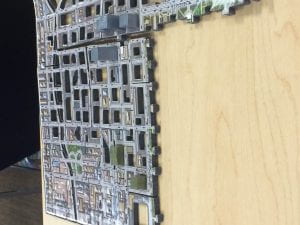
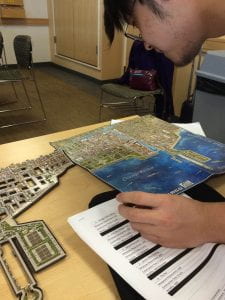
I have included images of the game being played. They images depict the game in its early stages,
Artist Statement:
My game is intended to simulate the difficulty of rebuilding after a war. My goal was to show how catastrophic a war can be and that it is significantly harder to rebuild something once it is destroyed. The inspiration for this game comes from a previous antiwar game that I made and also from Yoko Ono’s White Chess Set. My previous game was about destruction from war. I think of this game a successor because it is solely about what comes after war. I also believe White Chess to be a powerful antiwar game that advocates peace. I modeled my game to also be an antiwar game. However, my game uniquely concentrates on the aftermath of a war and the difficulties of rebuilding after such a catastrophe.
My game also uses appropriation as the game itself uses a ready-made puzzle as a playing board. The puzzle was purchased online. As the players rebuild the city, they also build the puzzle at the same time. It is like an art piece within an art piece, which I think is really unique as well.

